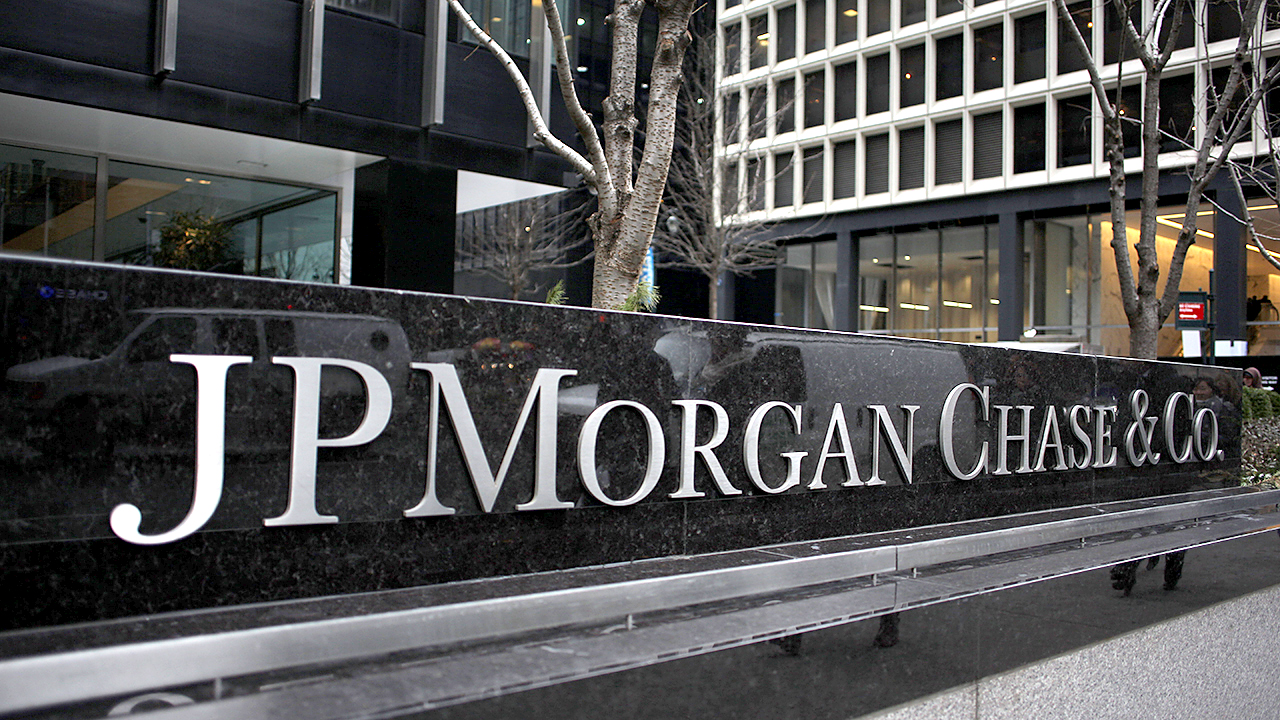Four ways SMEs can protect profit margins amidst global trade shifts


By Vivek Savani, UK Country Manager, iBanFirst
Small and medium-sized enterprises (SMEs) are the power engines of our UK economy, accounting for 16.6 million jobs and generating a total estimated turnover of £2.8 trillion.
However, market instability following ‘Liberation Day’ placed pressure on SMEs’ profit margins – especially for those engaged in international trade. In April, the UK economy contracted by 0.3% as businesses cut jobs and cancelled investment plans in response to higher taxes and uncertainty fuelled by Trump’s tariff war.
This has undoubtedly shaken business confidence, prompting SMEs with cross-border operations to urgently reassess their operating models to safeguard margins and maintain cashflow.
SMEs with international exposure already know the stakes: every margin point counts. The status quo is no longer sustainable, and the future is unpredictable. Neither the trade deals being negotiated between the US and select countries, such as China, nor the initial 90-day pause, can obscure the fact that the rules of global trade have shifted dramatically in a matter of months.
Waiting for a clear and consistent message from Trump is a losing strategy: instead, SMEs operating across borders must secure their supply chains, rethink their models, and reassess their exposure to geopolitical risk.
Below, I outline four ways SMEs can protect their profit margins in an increasingly volatile global trade environment.
- Reassess supplier fragility
Chinese suppliers have been undeniably weakened by tariffs, and some have already put emergency plans in place to curb losses. This fragility poses significant risk to SMEs that rely on these suppliers for critical components or inventory.
Amid such instability, businesses must reassess the financial health of their suppliers. That means requesting up-to-date financial reports or utilising financial scoring platforms to identify early warning signs of financial distress and avoid unexpected disruptions.
While Chinese suppliers may have been hit badly, this fragility is being felt elsewhere too. Price hikes, production delays, or stock shortages are a very real reality for many SMEs as a result. These challenges can trigger a domino effect, disrupting operations downstream and putting further pressure on businesses to adapt quickly and strategically. Ultimately, if suppliers fail, products may be shipped late or not at all, and profit margins suffer.
To mitigate these risks, businesses should consider shorter-term contracts with flexible renewal options and maintain buffer stock to cushion against supply shock. Meanwhile, employing factoring solutions can help maintain liquidity during periods of receivables tension, reducing the risk of unpaid invoices and supporting smoother cash flow management.
- Bet on the European market
With US GDP contracting by 0.3% in the first quarter of the year, shifting focus to local markets could be a smart tactical move.
The European Union stands out as a strong alternative, backed by robust fundamentals. It’s also an attractive option thanks to its fiscal and regulatory stability – particularly in the eurozone, which has been less vulnerable to political turmoil than the US recently.
In 2024, the eurozone posted 0.8% growth, with 1.3% projected for 2025. Strong purchasing power and a sizeable upper-middle class means that in times of economic slowdown, this consumer segment becomes particularly strategic: they keep spending and drive growth in key sectors such as real estate, education, healthcare, leisure, and digital services.
Beyond stable domestic demand, the EU has also taken bold steps in industrial and green policy – in contrast with the US, which has taken a step back from sustainability commitments since the reestablishment of the Trump Administration. Building on the momentum of the European Green Deal, the EU launched the Green Deal Industrial Plan in 2023, aiming to mobilise at least €1 trillion in sustainable investment by 2030. These structural investments create strong tailwinds for businesses – especially SMEs operating in future-focused sectors.
For SMEs seeking resilience and long-term growth, doubling down on the European market offers stability and strategic access to a future-oriented, high-potential economic landscape.
- Consider assembly in the US
For businesses that have an established presence in the US market, transferring the final assembly stage to the US can offer a solution to circumvent tariffs. A product is considered imported when assembled in another country, so by assembling domestically, a product qualifies as “Made in the USA” – regardless of the origin of its parts.
Only importing necessary parts will emerge as a key strategy for many to protect their profit margins from tariffs. However, SMEs must thoroughly document the assembly process to justify compliance with US customs authorities.
This is especially pertinent amid the decline in American purchasing power that will affect all products. Due to inflation, American consumers can expect a 3-5% increase in prices, meaning products such as those labelled “Made in France” or “Made in Italy” will have a premium price tag and therefore, reduced demand.
- Lock in currency exposure
Beyond structural shifts, businesses should also be implementing currency risk management strategies to offset exchange rate volatility – especially when considering the peaks and troughs currencies have seen over the past six months. Cross-border payments are no longer just an operational function – they’re a strategic lever to protect and reclaim margins. Virtually every international business deals in foreign currencies, so exposure to foreign exchange volatility can eat into profits.
To gain control over international payments, it’s essential to have direct access to foreign exchange markets and the ability to open local currency accounts.
Choosing the appropriate currency risk management tools is equally vital. For instance, traditional forwards are ideal for locking in exchange rates and avoiding surprises, while flexible or dynamic forwards offer greater flexibility without sacrificing rate protection.
The rules of global trade have shifted
The geopolitical uncertainty that reigns over the SME landscape means that there is no real way to anticipate how international business will change over the next few years. That is why planning carefully, including reevaluating partner relationships and making tactical pivots towards local markets, are key in ensuring stability.
Every business is different, and the decisions made should reflect the individual business’s needs. Markets remain volatile, and with Trump ready to trigger a recession at the push of the ‘send’ button on TruthSocial, remaining prepared is the most important thing a business can do.
The post Four ways SMEs can protect profit margins amidst global trade shifts appeared first on European Business & Finance Magazine.














































